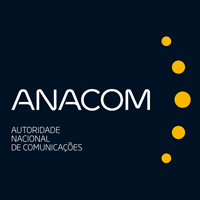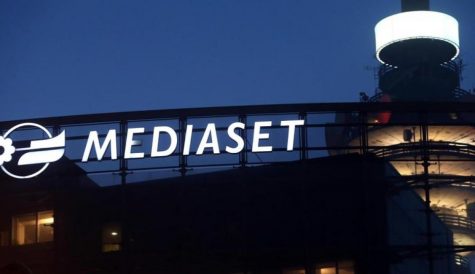
After more than 40 years of operation, DTVE is closing its doors and our website will no longer be updated daily. Thank you for all of your support.
Anacom data shows Portugal’s DTT sector is holding up well
Portuguese media regulator Anacom has issued a new year report in which it says subscription TV signal distribution remains the main way that Portuguese families access TV (87.9%). However, it also presented an upbeat picture for DTT, which was used by 38.6% of homes in 2022 to access major channels free of charge.
 Factoring in second homes, Anacom estimates that around 40% of homes had access to DTT in 2022, up from 32% in 2016. “In 2022, there were 2.3 million televisions with DTT access. On average, each family had 1.6 televisions with DTT access in their usual residence and 1.3 televisions in their second homes. The percentage of families with access to DTT in their homes increased by 5.3% in the last four years and the majority simultaneously had a pay television service.”
Factoring in second homes, Anacom estimates that around 40% of homes had access to DTT in 2022, up from 32% in 2016. “In 2022, there were 2.3 million televisions with DTT access. On average, each family had 1.6 televisions with DTT access in their usual residence and 1.3 televisions in their second homes. The percentage of families with access to DTT in their homes increased by 5.3% in the last four years and the majority simultaneously had a pay television service.”
Anacom says exclusive use of DTT is 9%, down from 15.3% in 2018. This is probably a reflection of the growing number of platforms available. Families without children, and families with lower incomes, typically exhibit higher DTT penetration.
The regulator’s analysis of the DTT market comes at an interesting inflection point for the sector. In December, Altice Portugal announced that it would like to extend its DTT licence, which it has held since 2008. Under the current agreement between Altice and Anacom, the DTT licence is due to expire in October 2023. Altice’s renewed interest is welcome news, given that the Portuguese government recently stated that it is committed to ensuring that DTT remains operational.


